We were lucky to catch up with Claudia Rojas recently and have shared our conversation below.
Claudia, looking forward to hearing all of your stories today. What’s been the most meaningful project you’ve worked on?
Called “the Refugee Capital of the US” and a Certified Welcoming City, Lancaster is inescapably multicultural and diverse. However, we still have a long way ahead for everyone to feel included, for all voices and languages to be truly heard. A step forward in that direction was the “Welcoming Mural”, a public art project that was launched in 2022 through the collaboration of CWS and the City of Lancaster. Its objective was to create public art that crystallized the vibrant present and the hopeful future of a community that wished to embrace its rich multifaceted reality.
This was the project for me. My family and my art took root and developed here, in Lancaster and its surroundings. This community was —and is— part of me, and I’m part of it; and it was that feeling that I still share with so many other immigrants that I wanted to transmit with this project.
So, after a competitive selection process, I was chosen as the artist to lead and implement the mural that aimed to capture Lancaster’s welcoming spirit. As early as my application —and even before, when I had just heard of the proposal—, I had very clearly decided to make this a mural that reflected and involved the community, rather than my individual voice. To accomplish this, I had the honor to engage residents in several community events, drawing with them, talking with them, and —most importantly— listening to them. I went to public spaces, streets, churches, and houses, often using interpreters to ensure I was listening to everyone fairly. Knowing what the community wanted, I realized that the mural itself had to be a cooperative activity, so I created a design that would ensure it.
So, if you ever visit the intersection of Manor, Charlotte, Strawberry and King, you are sure to see a colorful mural that depicts a diverse community sewing a quilt together. Pay attention, however, as each individual quilt square is completely different; each of them was painted by a different community member, a different family, a different group of friends. The mural itself is both the hope and an example of collaboration.
Although its impact has been remarkable and visible, perhaps one of the simplest ways I remember its power is by thinking of how, days after finishing the project, I heard from a case manager the story of how the daughter of a recently resettled refugee family had, upon seeing the mural for the very first time, excitedly run towards it, pointing and smiling with unbridled excitement to a woman wearing a hijab that is depicted on the piece.
“She’s mommy!” she had yelled, smiling. “She’s mommy!”, she repeated.
Art is important. Meaningful art is powerful. And I will never stop making it.
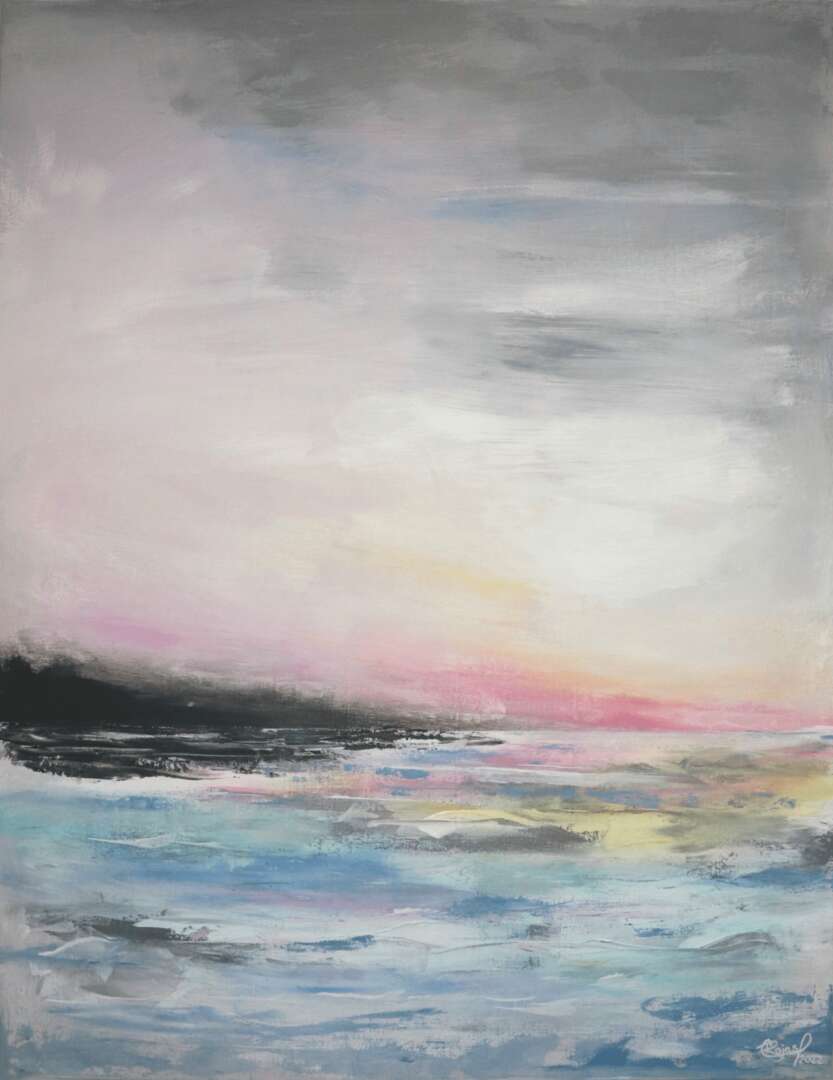

As always, we appreciate you sharing your insights and we’ve got a few more questions for you, but before we get to all of that can you take a minute to introduce yourself and give our readers some of your back background and context?
My name is Claudia Rojas, a Cuban American mixed media artist and illustrator. Born in Cuba, I completed a BA in Social Communication from the University of Havana; afterward, I earned a fellowship for my Afro-Cuban art research at the University of Morelos in Mexico, eventually migrating to the United States. More recently, in 2022, I finished my master’s degree in Illustration and Animation.
Throughout the years, I have led and participated in several public art projects, including the “Welcoming Mural” in 2022. My work has been featured in various exhibitions at different venues such as the Ware Center, Winter Visual Arts Center, and Demuth Museum, where I participated in the first refugee artist salon and will be organizing and curating the next one. I have also created and implemented community art projects, such as the “Pop-up Art Gallery”, a mobile gallery that brings visibility to underrepresented artists by showcasing their work in various community spaces. My art was also featured in the 2022 “Art of the State” exhibit at the Pennsylvania State Museum and is included in various private collections.
As for my focus and mission, I am constantly drawn to identity, and how it is rather fluid when caught in the in-between spaces where cultures are intertwined. Immigrant and minoritized communities both offer and receive, but still find themselves with quiet voices that are sometimes lost in the desire to belong without causing ripples. Art, for me, is a call to identification, to articulating the richly colored tapestry of our community, where we are all intertwined and where we build something better than the sum of its parts. Throughout my work, I have included cultural symbols, traditions and values to both pay homage to the diversity of the people I have worked with and create/reflect the new meaning that is formed by the interaction of the individual and their community. I intend to lift the voices of those who might have felt voiceless, as we show through art that everyone is indeed valuable, not despite of, but precisely because everyone is unique.
My interests and experiences include photography, design, illustration and fine arts, with several pieces in diverse mediums. My subject matters gravitate towards migration, transculturation, community, and identity, approaching them from a myriad of different angles, with my portfolio being as restless as my travel history.
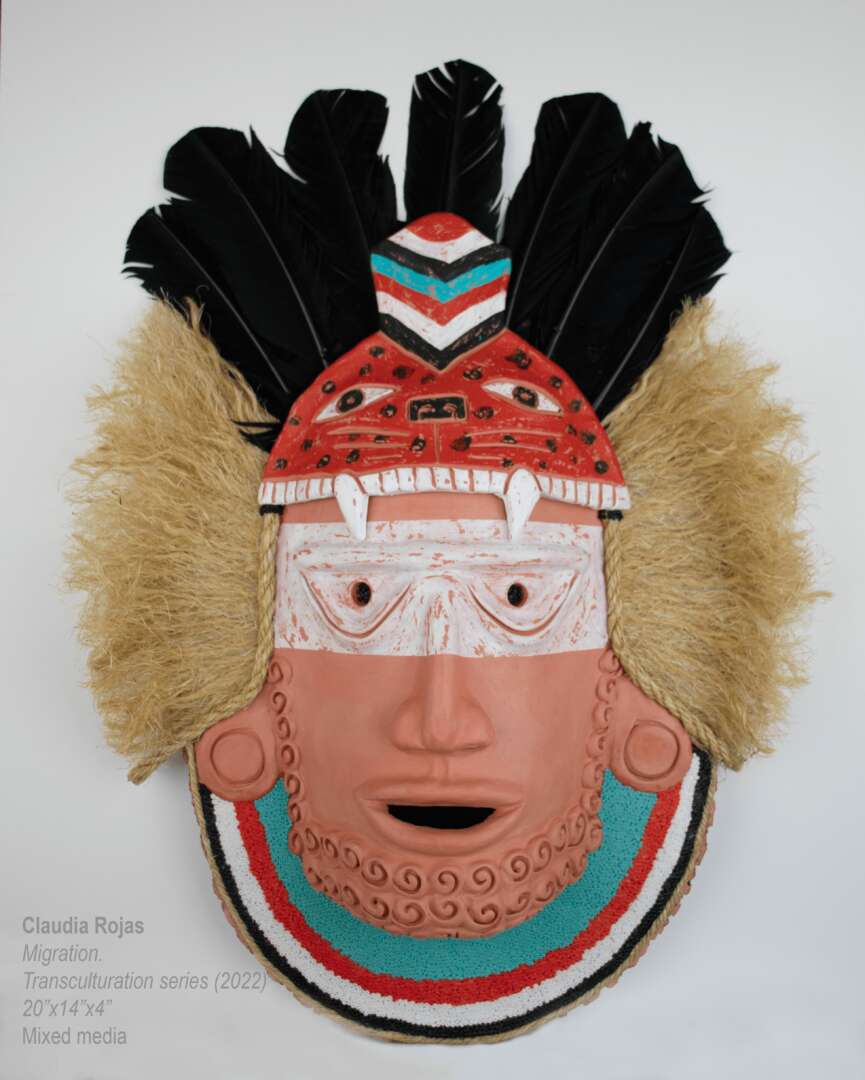
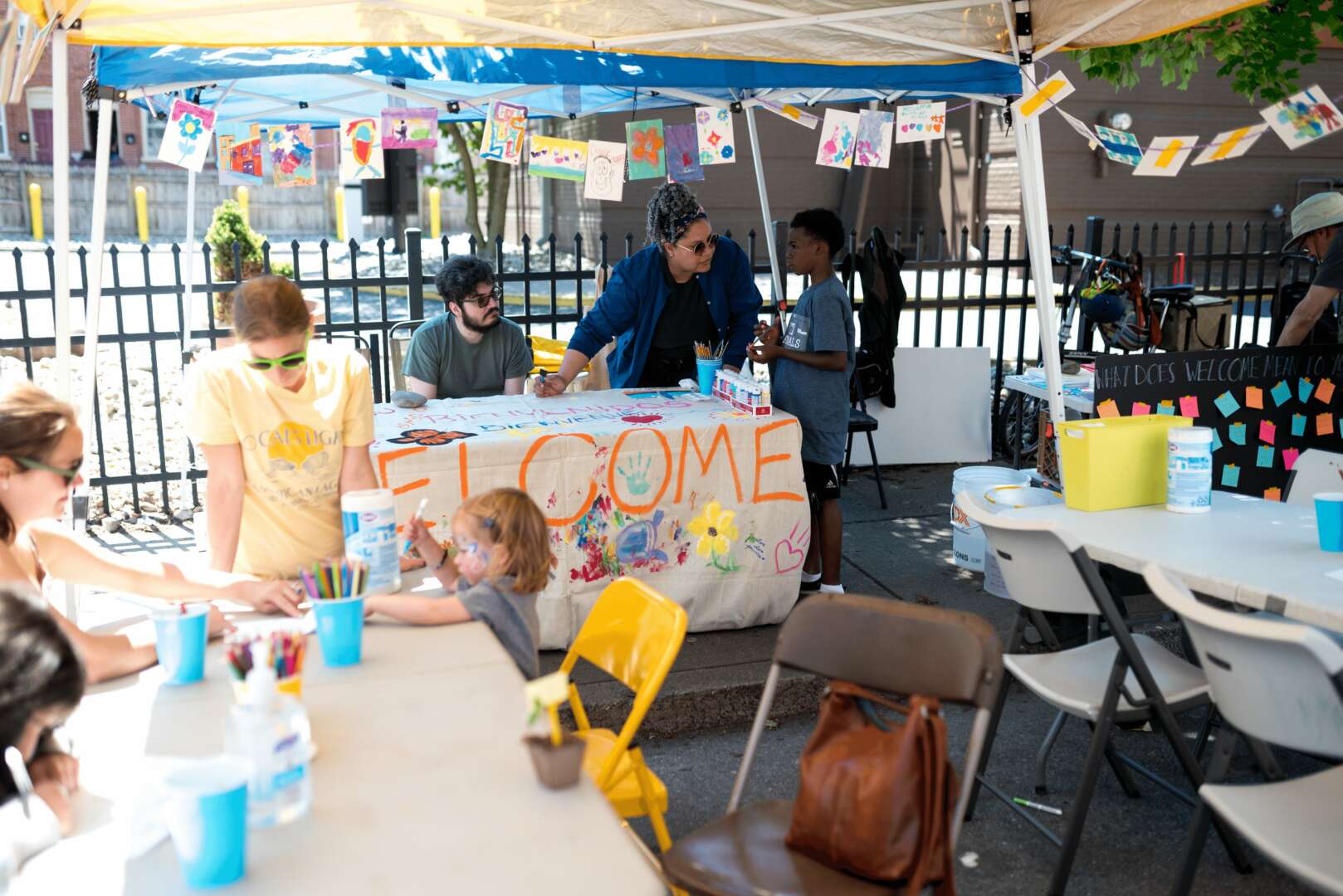
Can you share a story from your journey that illustrates your resilience?
In a sense, active resiliency and passionate defiance have been the staple of many of my personal stories; and yet, many of my struggles will sound familiar to many people. As I have mentioned, I was born in Cuba, and I migrated to the US in 2015. Just before crossing the border, anyone who met me could recognize I was a highly educated, talented, and capable artist and researcher. My last job had been as a fellow researcher at a recognized Mexican University, I was already fully bilingual in English and Spanish, and I had one 12-inch sculpture of “La Catrina” — a character that captivated me since I arrived in Mexico, and that had moved me to create a piece of art in admiration of Posada’s work— that I was carrying with my scarce luggage across the bridge that led to the border.
As soon as I arrived at the checkpoint, everything changed. I was mocked by the officers in English —they didn’t think I would understand them—. My sculpture was confiscated without any valid reason, and I was held for several hours under the threat to “not complain”, as they proclaimed that they could hold me and my elderly mother indefinitely if they wanted to.
Finally arriving in Pennsylvania, I found a different type of struggle. I was no longer a highly qualified professional. I was othered for being an Afro-Latina, an immigrant, a newcomer. My first job was as a factory worker, which was enough to survive, but not to cover the costs of any art supplies or the numerous fees that many galleries and art spaces imposed on artists who wished to be seen. To carve a new future, everything around me seemed to expect me to erase my past, my identity.
Of course, I persevered. I found valuable, supportive people. I found opportunities where they existed and created my own where none appeared. I learned about a completely different economic system, a completely different culture, and created my own business, my own projects, my own art. And through my work, I have —and continue to— strive to open those spaces that were closed to me, so that no one else has to persevere, fight, and struggle as much as I did. I create and work and speak so that underrepresented artists, muffled voices and unseen people have a way to move forward.
I also made not one, but two new Catrina sculptures. They are 7 feet tall, colorfully adorned, and have been featured in several art and cultural spaces. Most importantly, they are a reminder that it is precisely when I feel that I am being erased, that I can become someone even greater. That I can defy the argument that “things have always been like that”. That, together, we can truly change things for the better.

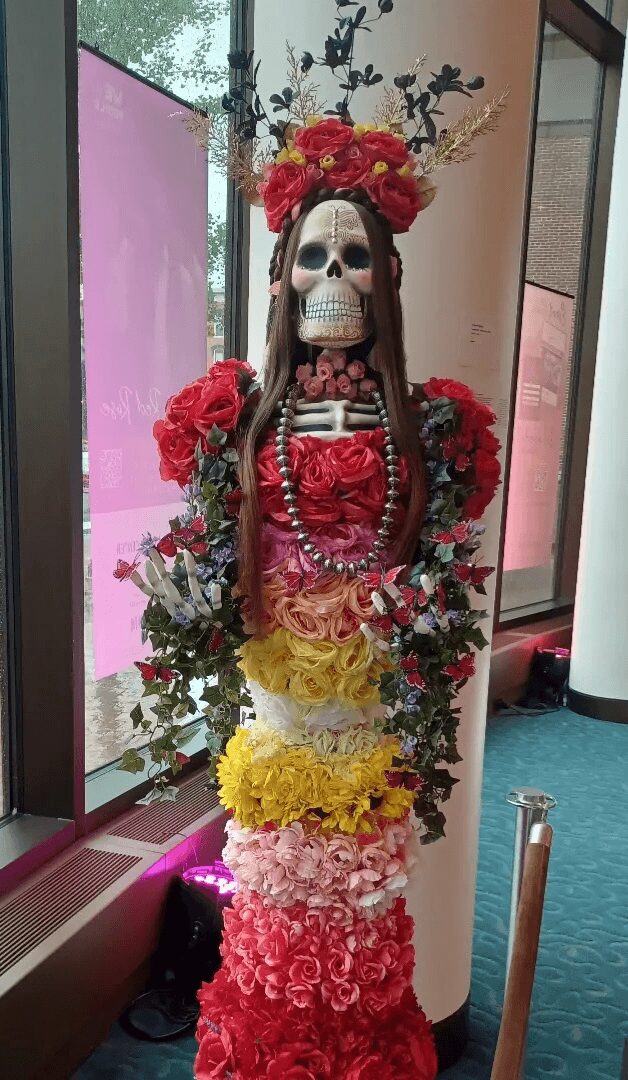
What’s the most rewarding aspect of being a creative in your experience?
Connecting with people is paramount. I treasure all those times when individuals have reached out and told me how they could see themselves in my work, they could relate to what I have created. Or even when, as it happened with one woman who saw one of my pieces in the “Art of the State” exhibition, my job had reminded her of her mother, and all the stories she had heard growing up.
Even though that is a powerful drive and purpose, I also greatly enjoy the process of creation itself. To have the ability and capacity to make something that didn’t exist before, that wouldn’t exist if I had not created it, fills me with joy. As I paint, or draw, or create, I can stop thinking for a moment, fully immersing and focusing in my art. To put it simply, as I create, I am truly happy.
Contact Info:
- Website: https://claudiarojasart.com
- Instagram: @claudiarojas_art
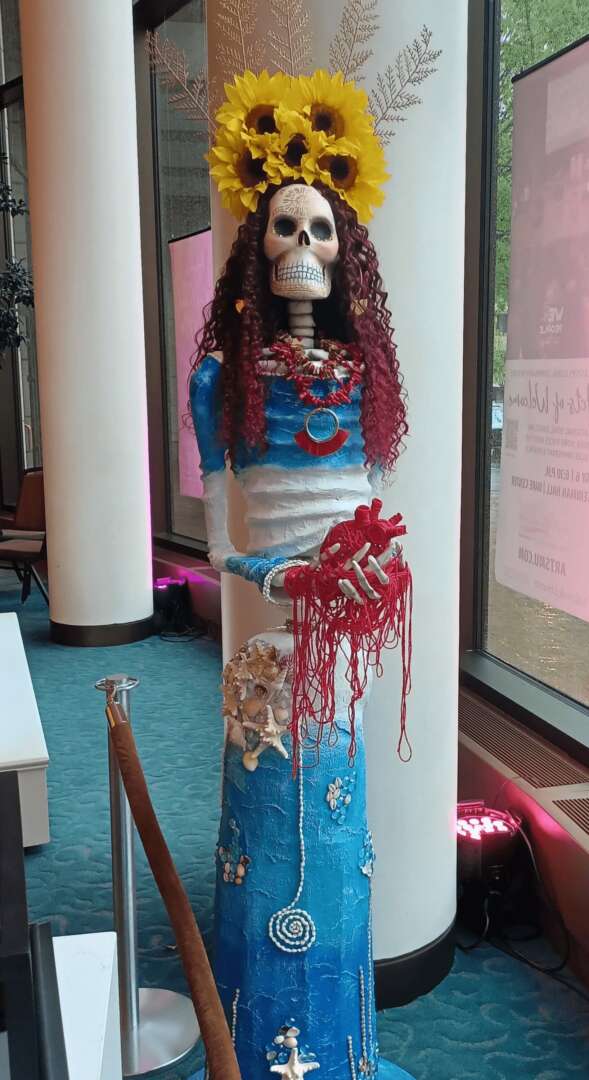

Image Credits
All photos are mine: Claudia Rojas.


